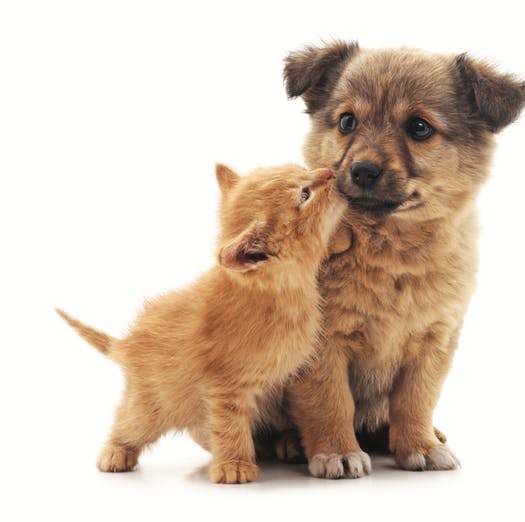Essential Pet Dog Guidelines – Training, Health, and Safety Tips Unveiled
admin
- 0
Owning a dog brings immense joy and companionship, but it also comes with significant responsibilities. To ensure a harmonious relationship with your furry friend, it is crucial to prioritize their training, health, and safety. Training is fundamental in fostering good behavior and strengthening the bond between you and your dog. Start with basic commands like sit, stay, and come, using positive reinforcement techniques such as treats and praise. Consistency and patience are key; dedicate regular, short training sessions to reinforce desired behaviors and correct any unwanted ones. Beyond obedience, socialization is equally vital for a well-rounded dog. Expose your pet to various environments, people, and other animals from a young age to help them become confident and adaptable. This reduces the likelihood of behavioral issues like fearfulness or aggression as they grow older. Additionally, consider enrolling in obedience classes or hiring a professional trainer for personalized guidance and support. Maintaining your dog’s health is paramount to their overall well-being.

Schedule regular check-ups with a veterinarian to monitor their physical condition and address any potential health concerns promptly. Vaccinations, parasite prevention, and dental care are essential aspects of preventive healthcare that should not be overlooked. Furthermore, provide a balanced diet appropriate for your dog’s age, size, and activity level to support their nutritional needs and maintain a healthy weight. Exercise is another crucial component of a dog’s health regimen. Regular physical activity helps prevent obesity, promotes cardiovascular health, and stimulates mental engagement. Aim for daily walks, interactive play sessions, or outdoor adventures to keep your dog active and stimulated. Not only does this contribute to their physical fitness, but it also prevents boredom and destructive behaviors that may arise from pent-up energy. While prioritizing your dog’s training and health, it is equally important to ensure their safety in various environments.
Invest in quality identification tags and consider microchipping your pet to increase the chances of a safe return if they ever get lost. When outdoors, always use a secure leash and harness to prevent them from running off or getting into potentially hazardous situations. Be mindful of weather conditions, especially extreme heat or cold, and adjust outdoor activities accordingly to prevent heatstroke or hypothermia. Moreover, create a safe and comfortable living environment for your dog at home. Remove any toxic plants, chemicals, or small objects that they could ingest. Secure hazardous areas such as pools or balconies to prevent accidents. Provide a designated space where your dog can retreat to rest undisturbed and ensure access to fresh water and shelter at all times. Lastly, guide to pet dogs from adoption to care be attentive to your dog’s emotional well-being. Pay attention to their body language and vocalizations to understand their needs and feelings. Offer plenty of love, affection, and positive reinforcement to nurture a trusting and affectionate relationship. Address any signs of anxiety or stress promptly and seek professional guidance if needed.